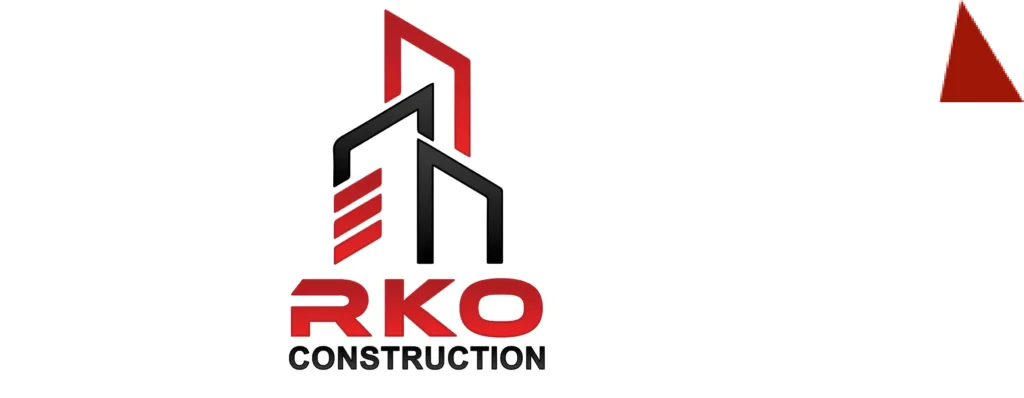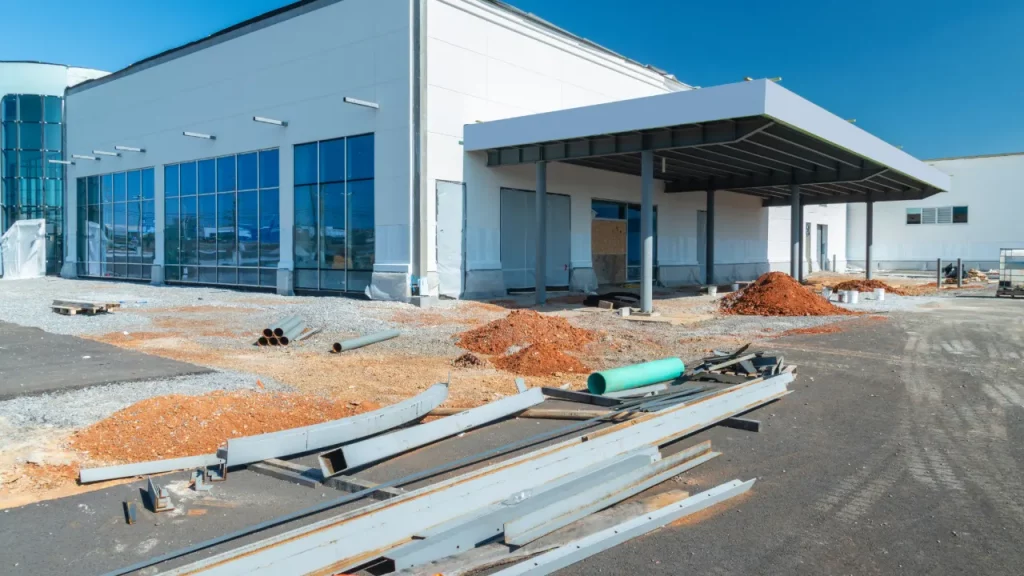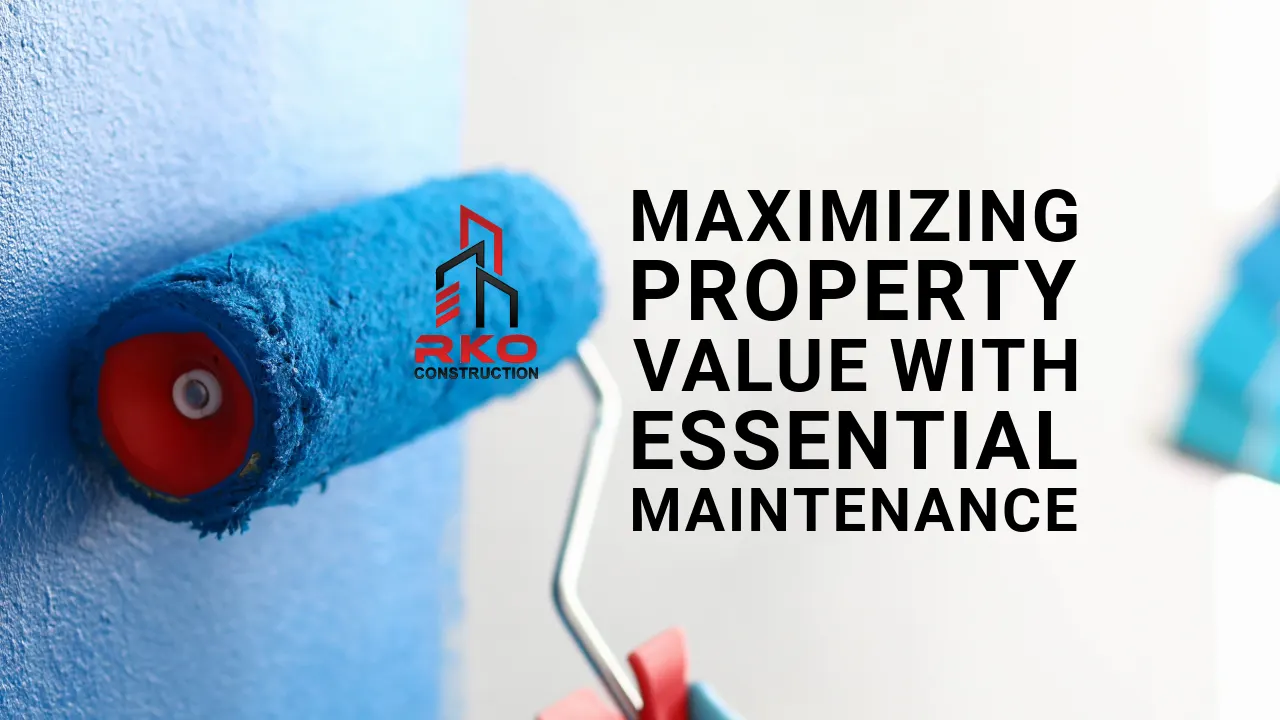The commercial construction landscape constantly evolves, driven by technological advancements, material cost changes, and design trend shifts. As we enter 2024, the industry is at the cusp of transformative changes, from integrating green building practices to adopting 3D printing technologies. These shifts promise to redefine the skyline and how construction professionals approach their projects.
For industry professionals, staying updated with these trends is not just about keeping pace; it’s about leading the charge in innovation, sustainability, and efficiency. Understanding the current trends is crucial for making informed decisions, whether selecting materials that minimize environmental impact or leveraging technology to streamline construction processes.
As we delve deeper into the commercial construction trends 2024, we’ll explore the key drivers of change and how they’re shaping the future of construction. This knowledge is indispensable for professionals aiming to navigate the complexities of the market and capitalize on the opportunities that these trends present.
Embracing Sustainability in Commercial Construction
Sustainable practices are revolutionizing commercial construction by focusing on green building and energy efficiency. Utilizing sustainable materials reduces environmental harm and offers operational cost savings. Certifications like LEED underscore a project’s eco-friendliness, enhancing its value. This move towards sustainable construction marks a significant shift in industry standards, emphasizing the critical role of environmental stewardship in the commercial realm.
Revolutionizing Construction: The Technological Edge
The commercial construction sector is transforming significantly, fueled by groundbreaking technological advancements. These innovations are not just enhancing efficiencies but are also redefining the very methodologies of construction.
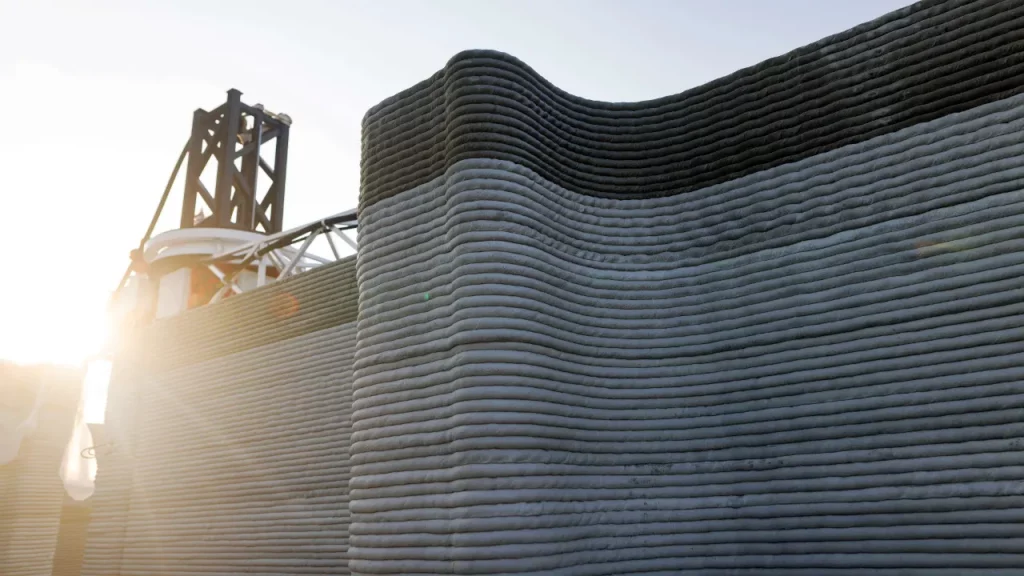
3D Printing: A Construction Game Changer
3D printing technology has emerged as a revolutionary tool in construction, offering the ability to create complex building components with precision and speed. This method drastically reduces material waste and allows for designs that were once deemed impossible due to traditional construction constraints. The flexibility and efficiency of 3D printing are paving the way for more innovative and sustainable building designs, making it a pivotal trend in the industry.
Building Information Modeling (BIM): Streamlining Project Management
Building Information Modeling (BIM) is another technological advancement transforming the construction landscape. BIM is a digital representation of a facility’s physical and functional characteristics, allowing for better project management throughout its lifecycle. This tool facilitates improved planning, design, construction, operation, and maintenance of buildings, ensuring projects are completed faster, more economically, and with reduced environmental impact. BIM’s ability to create detailed digital models before physical work begins helps identify potential issues early, saving time and resources.
Real-Time Data Collection: Boosting Productivity on Job Sites
The impact of real-time data collection on construction sites cannot be overstated. With sensors and mobile technologies, project managers can monitor real-time construction progress, track materials, and manage workforce productivity more effectively. This instantaneous flow of information helps make informed decisions quickly, address problems as they arise, and maintain tight control over project timelines and budgets. Real-time data ensures that construction projects are more adaptable, efficient, and aligned with client expectations.
These technological advancements are not just add-ons but essential components of modern construction, driving the industry towards more innovative, efficient, and sustainable practices. As commercial construction embraces these technologies, the sector’s future looks poised for unprecedented growth and transformation.
Navigating the Waters of Material Costs and Supply Chain in Dallas-Fort Worth
The Dallas-Fort Worth (DFW) area, a hub for commercial construction, is facing significant challenges related to material costs and supply chain disruptions. These issues are reshaping the landscape of construction projects, affecting timelines, budgets, and overall project feasibility.
Material Costs: A Rising Concern
Like many regions across the United States, DFW has experienced a noticeable increase in construction material costs in recent years. Factors such as global demand fluctuations, trade policies, and transportation bottlenecks have contributed to this rise. Materials like steel, lumber, and concrete, essential for commercial construction, have seen their prices surge, impacting the overall construction costs significantly. This trend requires construction companies to reassess their project estimates and financial models continuously.
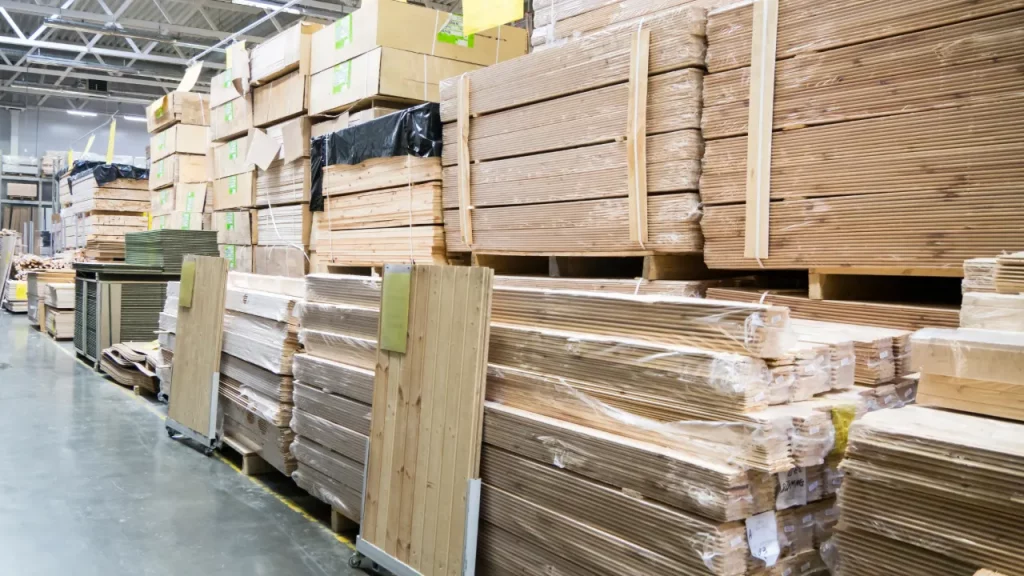
Supply Chain Disruptions: A Persistent Hurdle
Supply chain disruptions have become a common challenge for construction projects in the DFW area. The COVID-19 pandemic initially triggered many of these issues, but ongoing global logistics constraints and labor shortages have exacerbated them. Such disruptions lead to delays in material deliveries, which can stall projects and increase costs due to extended timelines and the need for expedited shipping options when available.
Strategies for Mitigation: Adapting to the New Normal
Construction companies in DFW are adopting various strategies to mitigate the impact of rising material costs and supply chain challenges. Some of these strategies include:
- Early Procurement: Securing materials early in the project lifecycle to lock prices and ensure availability.
- Alternative Materials: Exploring alternative materials that may be more readily available or cost-effective without compromising quality or safety.
- Flexible Planning: Incorporating flexibility into project timelines and budgets to accommodate unexpected delays or cost increases.
- Supplier Relationships: Strengthen relationships with suppliers and explore local sourcing options to reduce dependency on global supply chains.
- Technological Solutions: Leveraging technology for better supply chain visibility and project management, enabling more responsive decision-making.
These adaptive strategies are crucial for construction companies looking to navigate the complex landscape of today’s commercial construction sector in the Dallas-Fort Worth area. By staying informed about market trends and being proactive in planning and execution, companies can better manage the challenges posed by material costs and supply chain disruptions, ensuring project success despite these hurdles.
Building the Future: Labor in Construction
In Dallas-Fort Worth and beyond, finding enough skilled workers is a big challenge for construction. There are lots of jobs waiting to be filled. This makes it hard to start new projects and finish the ones already happening.
Training and Keeping Workers is super important. Companies are teaching their teams new skills and ensuring they have good reasons to stay. This means better pay, training programs, and safe work sites.
Tech’s role is also growing. Using new tools and apps, companies are making work easier and safer. This attracts more people to construction jobs. Plus, it helps keep everyone safe on the job.
The construction industry can tackle the worker shortage by focusing on training, keeping good workers, and using technology. This way, they can keep building and growing, especially in DFW.
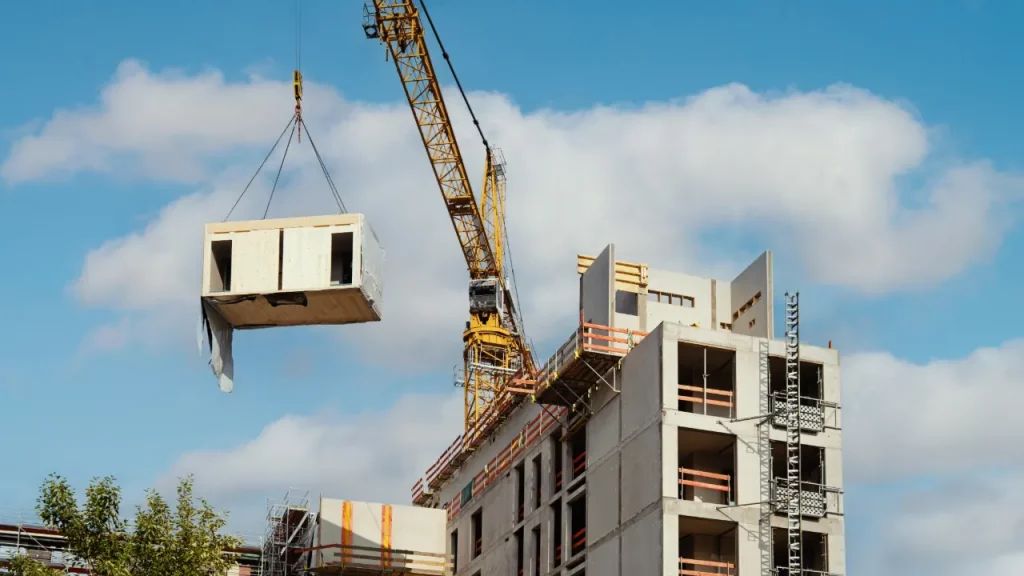
Transforming Construction: The Modular Movement
Modular and prefabricated building methods are making waves in Dallas-Fort Worth and across the construction world. They’re changing how we think about building by addressing significant challenges like cost, labor, and time.
Why Modular? Modular construction means making parts of buildings in a factory and bringing them to the site to be put together. This method saves money and time, and it needs fewer workers. It’s like using building blocks, but for big projects.
Real-world success shows how this works. For example, some companies have used prefabricated parts to build apartments, offices, and even hospitals quickly. These projects show that you can build fast, save money, and still have excellent quality.
Eco-Friendly, Too, is a big plus. Building in a factory means less waste and less harm to the environment. It’s a more innovative way to build that’s good for the planet.
Modular and prefabricated construction is growing because it makes sense. It solves problems and offers a new way to think about making buildings. It’s a trend that’s building a better future.
Shaping the Future: Trends in Construction Demand
The construction industry in the United States is constantly moving, shaped by economic policies, investment trends, and regional growth. Let’s dive into what’s happening and what’s expected in construction.
What’s Trending? Currently, construction is booming in sectors like healthcare, education, and green building. These areas are growing because of new technologies and a focus on sustainability. More people want buildings that are good for the environment and use less energy.
Looking Ahead shows that cities and areas with many tech companies, like Dallas-Fort Worth, are expected to see more construction. Also, places getting ready for more people moving in will need new homes, schools, and shops. This means lots of opportunities for building new spaces.
The Big Picture includes how government decisions and money flowing into construction can change things. For example, new laws about energy use can make green building even more popular. Also, when the government or big investors put money into construction, it can start many projects and create jobs.
Understanding these trends helps companies and workers prepare for what’s coming next. It’s all about building smart and being ready for the future.

Building Greener: Meeting Environmental and Regulatory Standards
The construction industry is actively evolving to meet stricter environmental regulations and the growing demand for energy-efficient, low-impact buildings. This shift is not just about compliance; it’s about leading the way towards a more sustainable future.
Adapting to Regulations: Construction projects are adjusting to new environmental laws across the board. This includes everything from reducing emissions during building to ensuring that new structures consume less energy. Companies are investing in green technologies and materials, such as solar panels, eco-friendly insulation, and sustainable wood, to meet these standards.
Demand for Green Buildings: There’s a clear trend towards buildings that use less energy and contribute positively to the environment. Features like green roofs, energy-efficient lighting, and water recycling systems are becoming standard. Regulatory pressures and a growing awareness among clients and consumers about the importance of sustainability drive this shift.
The Industry’s Response: Construction companies are not just reacting to these changes but embracing them. Many are getting ahead by adopting sustainability practices early on. They also work closely with architects and engineers to design buildings that meet or exceed environmental standards. Training for workers in green building practices is becoming more common, ensuring the workforce is ready to implement these new standards.
The move towards sustainable construction is a collective effort involving regulations, innovations, and changing mindsets. As the industry adapts, the benefits extend beyond compliance to include healthier living spaces, reduced environmental impact, and a more substantial commitment to preserving our planet for future generations.
As we look to the future of commercial construction, embracing the trends of sustainability, technological innovation, and efficiency becomes imperative. RKO Construction stands as a prime example of excellence and forward-thinking in the industry for those ready to lead the way in adapting and innovating within these dynamic shifts.
RKO Construction is dedicated to incorporating these cutting-edge practices into their projects, ensuring they meet and exceed the current standards of quality, sustainability, and innovation. They offer a comprehensive approach, from leveraging the latest building technology to prioritizing green building practices, ensuring each project is a step towards a more sustainable and efficient future.
We encourage industry stakeholders, professionals, and enthusiasts to connect with RKO Construction. Explore their projects, delve into their innovative approaches, and consider the opportunities for collaboration or professional growth. RKO Construction is not just building structures; they’re building the future of the commercial construction industry.
Engaging with RKO Construction and similar innovators offers invaluable insights and opportunities for those looking to stay ahead in the ever-evolving construction landscape. Embrace the future by exploring further resources, attending industry events, and seeking out professional development opportunities that will shape the next generation of construction excellence.
